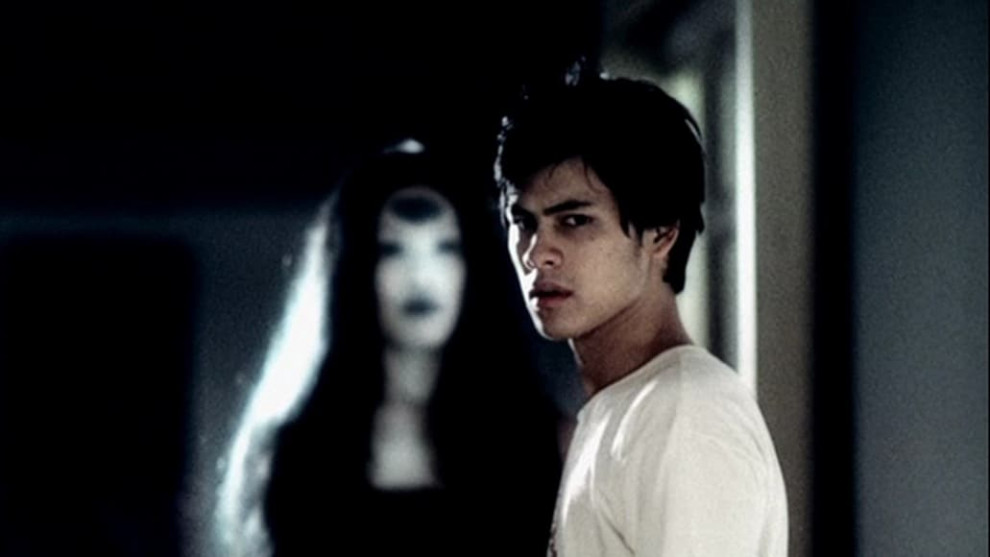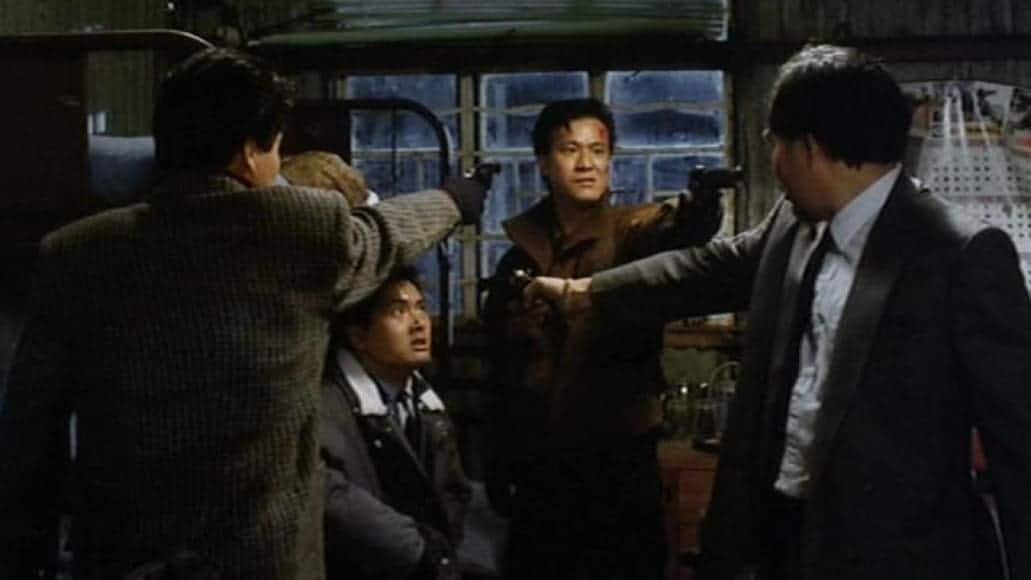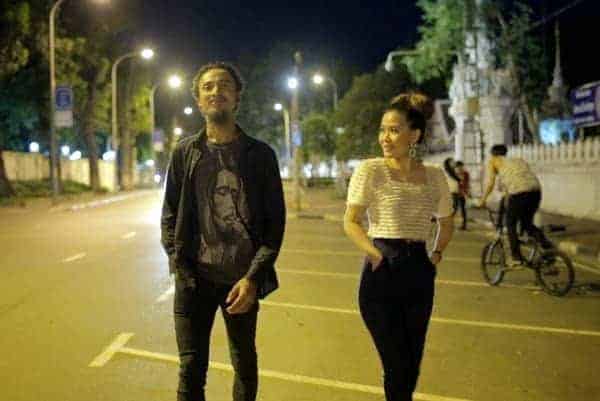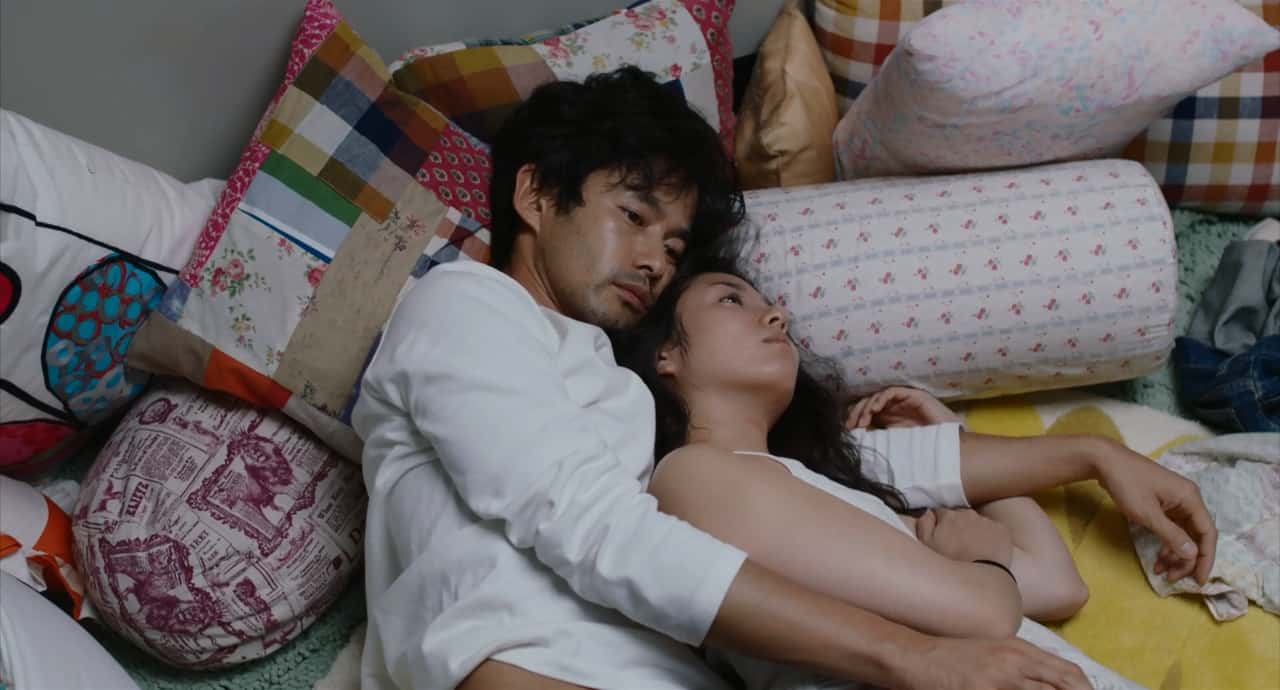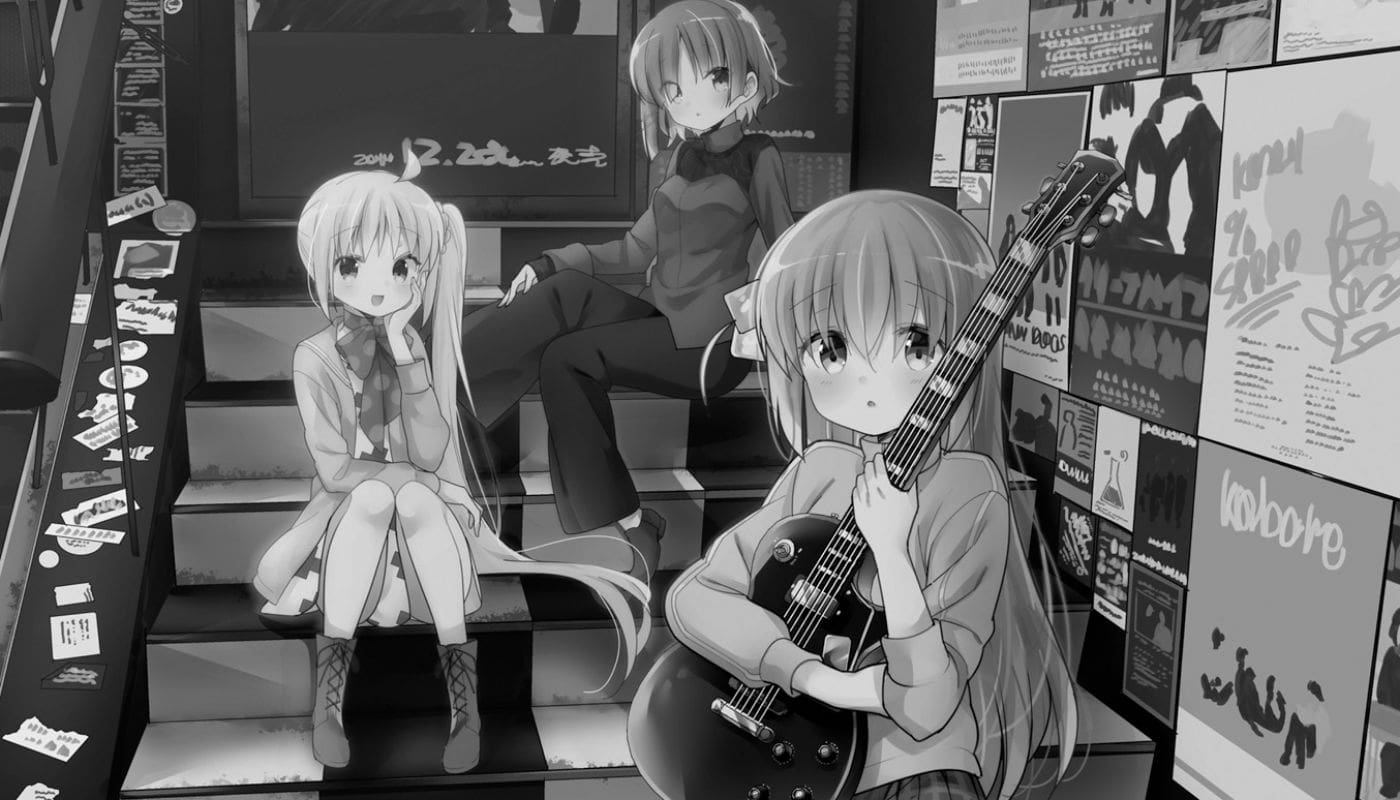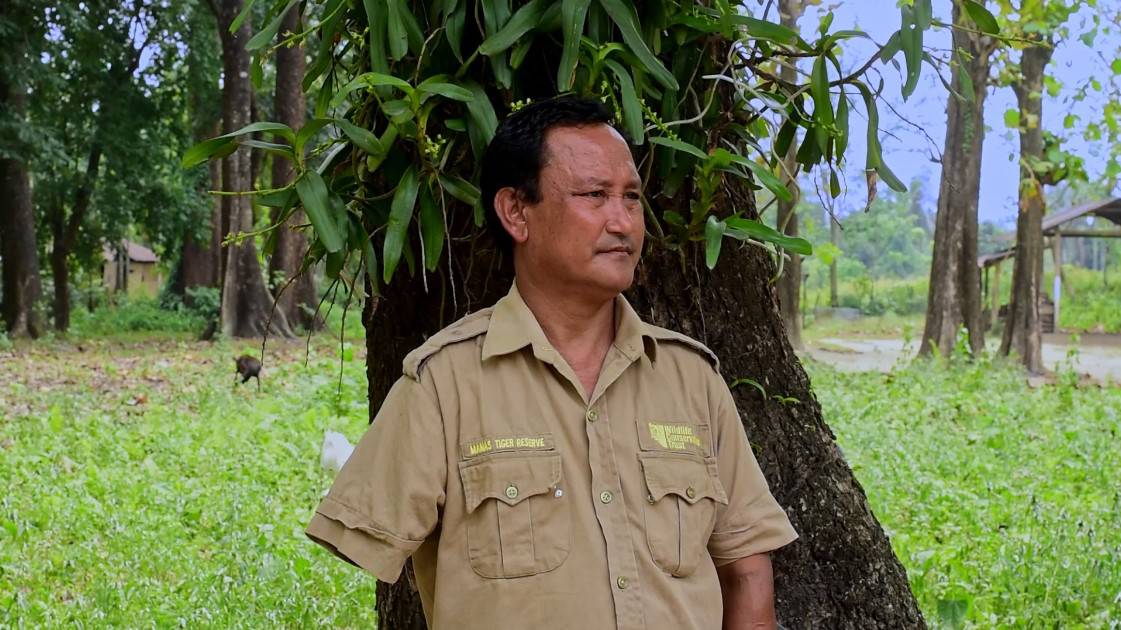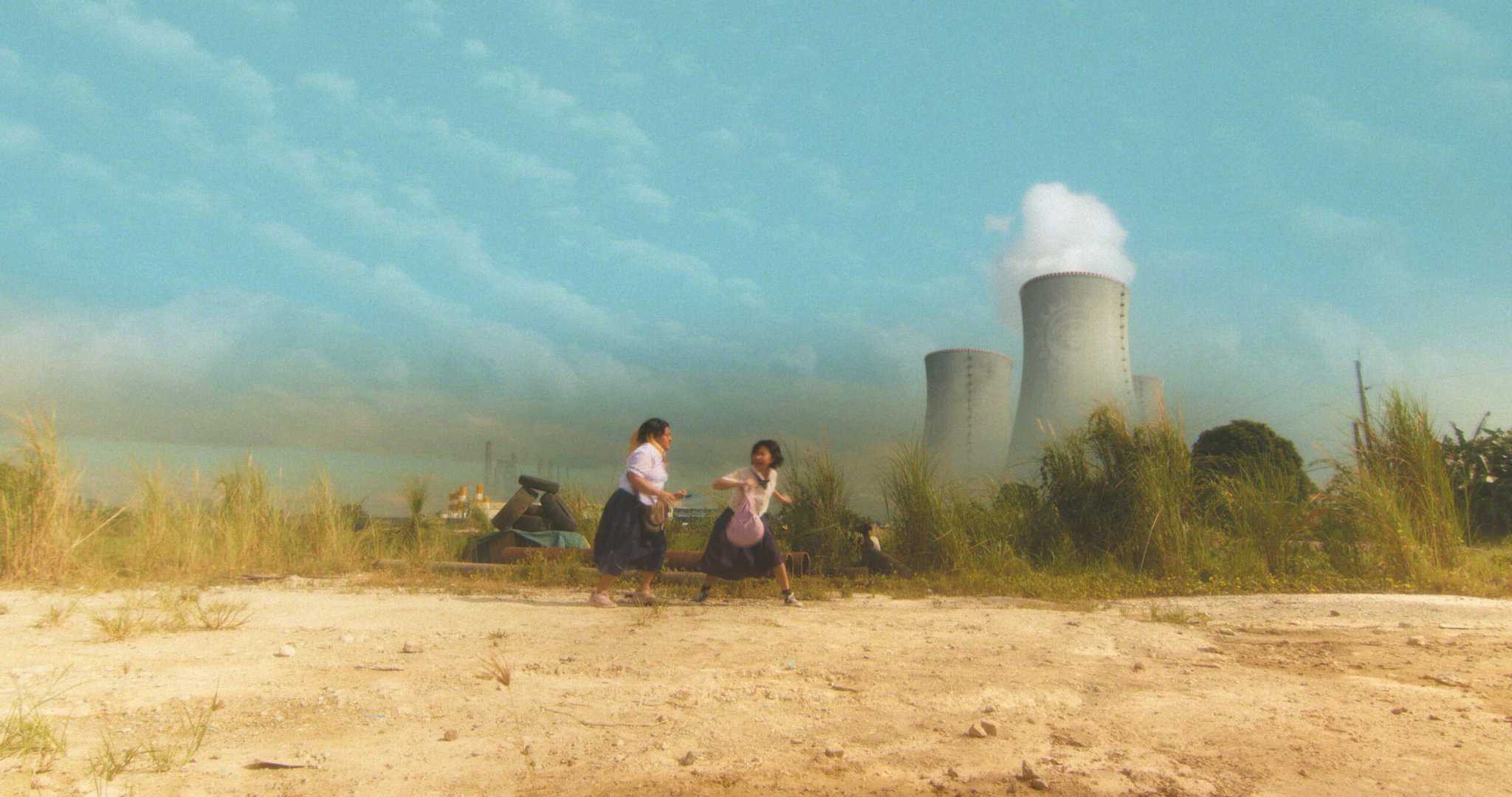One of the most prominent ghost stories of Thai folklore, the legend of Mae Nak is a bone-chilling story told in their culture, which manages to have resonating impact throughout their film industry. Having been adapted well over twenty times by the time this production was filmed, British director Mark Duffield offers a stellar and utterly enjoyable variation that's not only a rather original take on the legend on its own, but also gives this particular story a solid entry point to look into.
Buy This Title
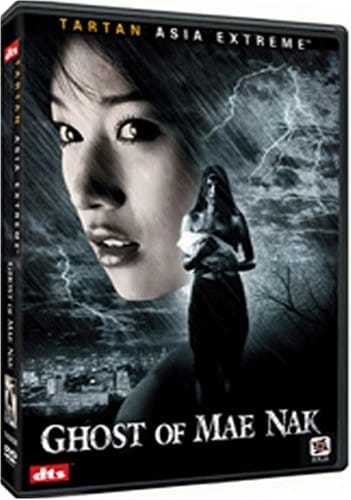
Troubled by strange dreams, Mak, (Pataratida Pacharawirapong) decides to move into a new house with fiancée Nak, (Siwat Chotchaicharin) which she hopes will stop his problems. As the neighborhood seems desirable for the couple, and despite the efforts of friends Noi, (Meesak Nakarat) and Chai, (Chalermpol Pattarapakul) he is still troubled by the dreams. Soon, he reveals that they now take the appearance of a white-dressed woman who resembles a ghost, which she doesn't believe in. When a series of strange events soon transpires against them, they realize it is the work of the ghost of Mae Nak, (Porntip Papanai) a young woman from the area who died hundreds of years earlier, and has returned to seek her long-lost love and they race to stop her bloody, revenge-fueled rampage.
The central story itself is about a beautiful young woman named Nak, who lived on the banks of the Phra Khanong Canal, and her undying love for her husband, Mak. With Nak pregnant, Mak is conscripted and sent to war where he is seriously wounded. While he is being nursed back to health in central Bangkok, Nak and their child both die during a difficult childbirth. When Mak returns home, however, he finds his loving wife and child waiting for him. The neighbors who try to warn him that he is living with a ghost are all killed. Various alterations to the story are added as for how the ghost is finally confined, and there's reports stating that the story was based on the life of Amdaeng Nak, the daughter of a Tambon Phra Khanong leader named Khun Si, who died while she was pregnant. This is all still highly disputed, though, and should not be taken with any authenticity.

As for the film itself, it turned out better than expected. One of the really impressive element is the haunting scenes, which are top-notch. The opening dream, with the initial appearance of the ghost, delivers a solid shock with its banging noises and really off-beat jump at the end, as well as a couple of other brief ghostly visions from out of nowhere. The ghost's appearance in the house during the walk-through, with the unearthly noises that only he can hear,is pretty nice, the gag with the mirror and the second dream-sequence complete with the disappearance and a brilliant gag to wrap it in. The stand-out sequence, where the ghost attacks thieves inside a small van, is an absolutely classic, using darkness mixed with the brilliant gag of flashing light intermittently, and coupled with the comeuppance of the gang at the end, makes this so fun. These scenes are built around the common J-horror tropes present at the time. They feature a female figure dressed in white with long black hair and black features popping out of nowhere and scaring people unexpectedly.
The film's supernatural action is also really enjoyable, including the two main hospital scenes. The first sequence with the levitating body in front of the priest while the others disturb the burial site is one of the better scenes here. As well, the surgeon's test where the ghost physically prevents others from interacting with the body is a great visual scene and comes off rather well. The action-packed finale, where the race to get the ghost is resolved, meshes well with the exorcism performed at the temple, and a fun twist capped onto the end of it all, makes for a rather exciting conclusion. Given that these elements are brought along by the development of the original legend and updated into more modern times, taking the account of her eventual death into the real world through the cursed broach, connects these elements nicely. While there's the more modern setting here, the film's inclusion of this storyline sets into motion the ghostly hauntings which take the form of some rather graphic and bloody sequences, with one being set on fire, another crushed inside a car compactor, a decapitation and an impressive slicing with a glass panel. Along with the fact that the ghost is actually really creepy with its faded eyes, blacked-out mouth and teeth, and an eerie dark spot on its head, these good points here are more than enough to hold up over the couple flaws.
On the other hand, one of the biggest flaws is that the film really has a convoluted back-story that is hard to understand. There are repeated attempts to explain it and none of them do much good. One of the biggest obstacles in that regard is that the characters in the flashback explaining everything have the same names as the current protagonists, even though there's no possession going on. That, along with the fact that it seems to wipe out the meaning of events after they happened and offer up a second, slightly if still obvious, different explanation for it all, just makes it all the more confusing and incredibly hard to understand. Likewise, beyond the lead Nak, the cast doesn't really do much. The male who plays Mak spends the majority of the film in a coma and isn't really developed beyond being lovestruck when he's awake, her friends Noi and Chai don't do much and everyone else serves as a shoulder for Nak to cry on or get killed off by the ghost; so no one really stands out in that regard. These are the film's problems.
With a lot of really great things about it and some minor flaws mixed in, ‘Mae Nak' wasn't bad and is actually one of the better examples of the Thai ghost genre. ‘Ghost of Mae Nak' is highly recommended for those who enjoy these kinds of films.


